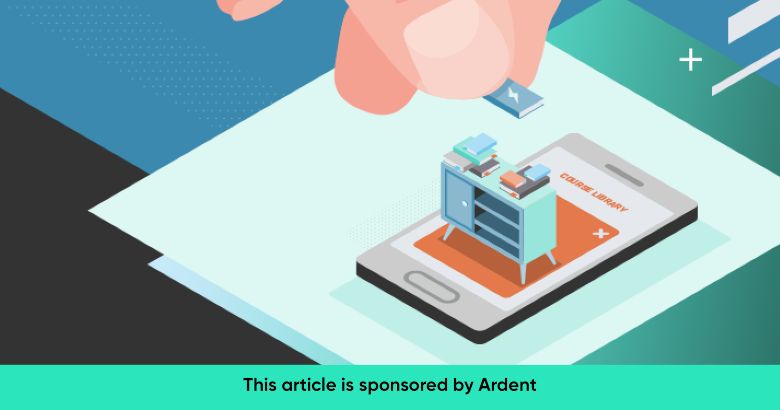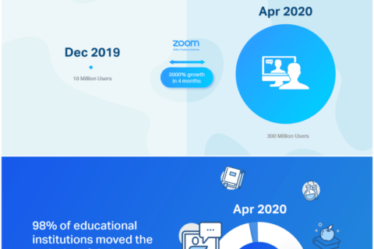
Much like Twitter (which gives readers bite-sized bits of news and concise headlines) and texting (which offers us a way to answer questions or keep up a conversation while still engaging in the work around us), microlearning offers organizations a way to make learning simple, less intrusive, and more accessible.
- It’s easy to fit into the natural flow of a workday. Microlearning makes it easier to add training, learning, and development into already busy workdays. Employees can grow their knowledge while still feeling productive and focused on their work routines.
- It breaks content into bite-size pieces so it’s easier to absorb. We live and work in a world where competing tasks are always vying for our attention. Trying to master a skill in one all-day session can frustrate learners who feel that session takes them away from something else that’s equally important, splitting their focus. Smaller, shorter learning sessions help keep a learner’s full attention. Plus, microlearning can break down very complex topics into smaller, more manageable blocks of information.
- It makes learners feel like they’re making progress. It’s easy to get discouraged, disinterested, and disengaged if a task is too daunting. Microlearning takes something that could otherwise be overwhelming and gives users a sense of progress by helping them master it a bit at a time.
Designing effective microlearning starts with identifying the overarching business needs and goals and determining how a learning strategy can help achieve positive business outcomes. It probably isn’t best to only use microlearning in a learning solution, especially if the content matter is complex and requires practice to master the new skill or behavior. However, it is great to use for preparation before a learning event, follow-up after a learning event, and for stand-alone, on-the-job support training.
It’s equally important to understand your audience and learners’ needs. You can gather insights on your audience through surveys, in-person interviews, or through a project sponsor who is close to the learners. The analysis will give insight into the best way to design and deliver microlearning content in a way that resonates with participants.
Product knowledge
Microlearning videos are a great way to reinforce product information after the sales team attends formal training. Employees can quickly find and consume the specific information they’re looking for when they are on-the-go or consulting with a customer.
Sales Messaging
Virtual reality simulations that range from 5-8 minutes in duration provide learners the opportunity to be immersed in a real-life sales conversation in a virtual environment. Learners receive immediate feedback and can adjust and improve their strategy quickly without sacrificing the sales opportunity. VR simulations can be included in formal training, eLearning, or stand alone in a blended learning solution.
Compliance
Compliance training can be very detailed and nuanced. It’s nearly impossible for anyone to remember all of the requirements after attending a single training session. Participants need a post-training plan that doesn’t require them to refer back to the official policy document and scroll through pages of information to find the answers they need. Enter microlearning modules that are organized by topic in a single app accessible on any device. The modules can come in different formats and can be used during or after training.
Technology
When rolling out a new system, users can be easily overwhelmed with learning the software. Microlearning technical videos on the system’s features and functionality offer just-in-time support to help learners stay on task.
Onboarding
Onboarding shouldn’t stop after the first 90 days of employment. It should continue beyond the first year to ensure new employees are up to speed and confident in their positions. Microlearning methods can distill complex job tasks into smaller, more manageable pieces of information.
Microlearning gives a unique level of control to learners, allowing them to choose where and when they engage with training. It offers companies affordability while increasing training accessibility for their workforce, making it a powerful learning and development (L&D) tool. Contact the team at Ardent to discuss more about how you can flex microlearning into your learning and development strategy or download this case study.
Article sponsored by:


